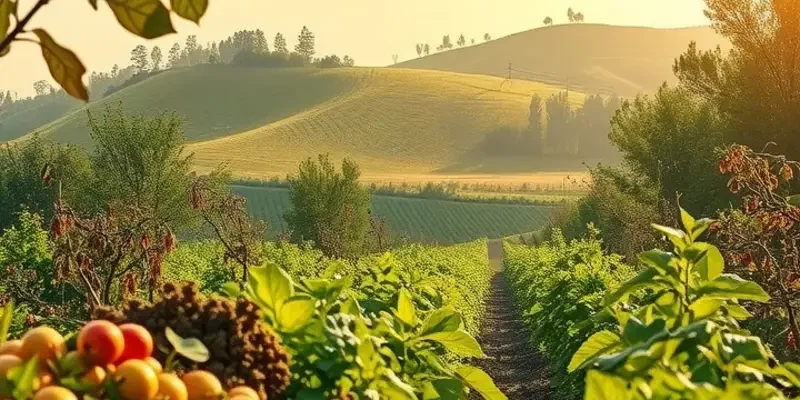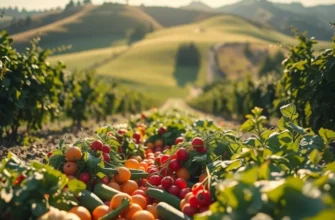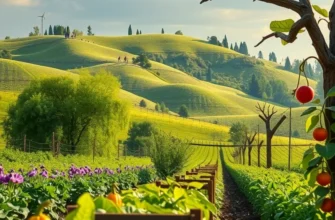Braising lamb shanks brings together slow cooking and rich flavors, creating a dish that tantalizes your taste buds. This technique allows tougher cuts of meat to become tender, juicy, and infused with the aromatic spices and herbs you choose. Whether you’re an enthusiastic beginner or a seasoned home cook, mastering this method is both rewarding and achievable. Let’s delve into the simple steps and tips to elevate your braising game and create a memorable meal.
Choosing the Perfect Lamb Shanks
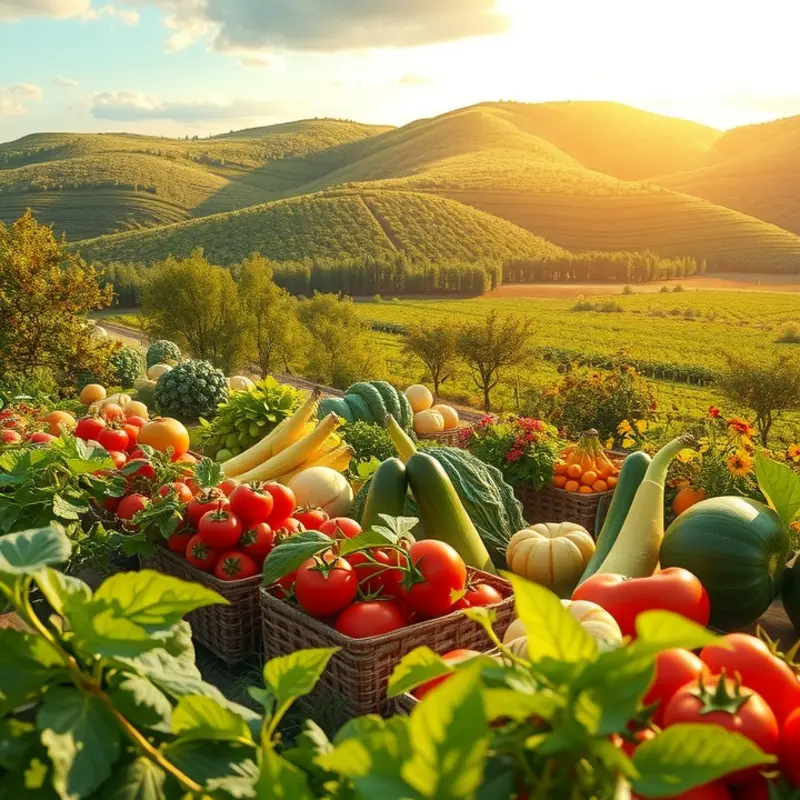
Understanding how to select quality lamb shanks sets the foundation for a deliciously braised dish. The excellence of your braising results hinges largely on the quality of the shanks you start with. Look for shanks that are well-marbled. Adequate marbling ensures that the meat will be tender and flavorful as the fat melts during cooking. A rosy color signals freshness, indicating that the lamb is youthful and likely higher in quality.
Ample fat is key, but too much can be overwhelming. A good balance is needed to render beautifully while avoiding greasiness. Trim any excessive fat before cooking, but don’t go overboard. The remaining fat will help keep the dish moist and contribute a deeper flavor.
When at the butcher, always inquire about the source of the meat. Freshness is paramount; check that the meat smells pleasant and the color is vibrant. Do not hesitate to ask the butcher for recommendations, as they can guide you to the best choices among available cuts. Sample special cuts that they suggest, as these might bring something extra to your dish.
The bone-to-meat ratio is another critical factor. More bone means more flavor, contributing to the richness of the broth during braising. Bones contain collagen, which breaks down into gelatin, adding body and complexity to the sauce. So, embrace those larger bones for deeply flavored results.
If you’re considering environmentally friendly options in your kitchen, sustainable and smart storage solutions are essential to reduce waste while keeping meats at their best before preparation.
Finally, remember that communication with your butcher is invaluable. They can offer insights into different lamb breeds or even provide cuts that aren’t typically on display, enhancing your culinary creation. A strong relationship with your butcher can transform your lamb braising experience from good to unforgettable, elevating both technique and taste to art.
Braising Techniques for Tender Perfection
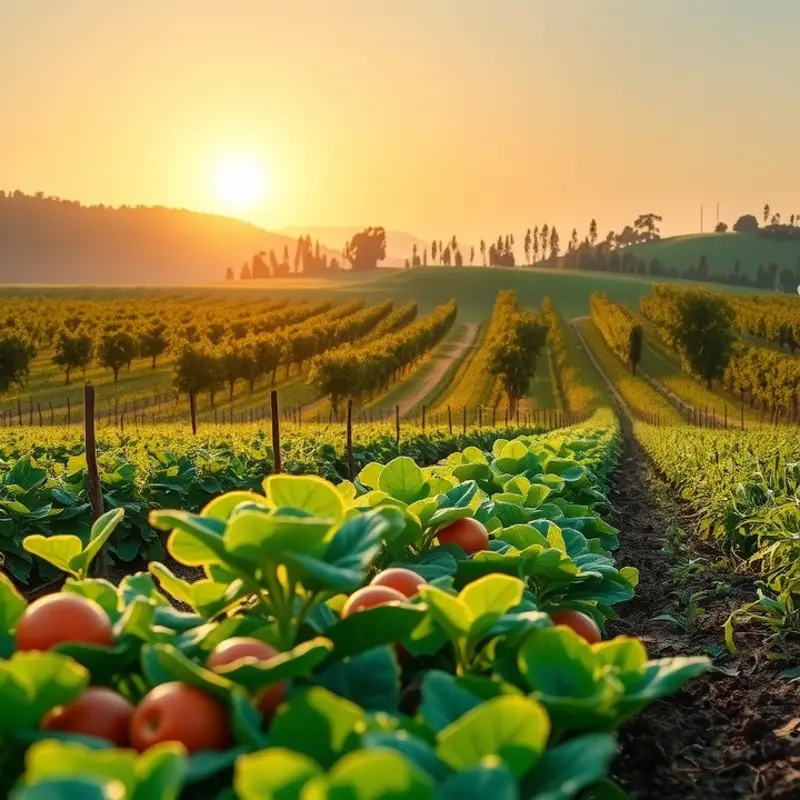
Mastering the art of braising lamb shanks involves understanding each crucial step of the process. This technique transforms tough cuts into succulent delicacies through a sequence of deliberate actions. Key to this transformation is creating a depth of flavor and tenderness that delights the palate.
Begin with the essential step of browning. Use a heavy-bottomed pot or Dutch oven to sear the lamb shanks. Apply high heat and a splash of oil to achieve a golden-brown crust, which imparts a rich, complex flavor to the meat. Ensure the shanks aren’t crowded in the pot, as this leads to steaming rather than browning the meat. Work in batches if necessary, ensuring each shank receives even heat exposure.
Once well-browned, temporarily remove the shanks from the pot. This makes way for the aromatic base, a mixture of onions, carrots, and garlic. These vegetables are not just flavor enhancers but also contribute to the braising liquid’s body and complexity. Sauté the vegetables until they soften and release their aromas, creating a fragrant foundation for the braising process.
Deglaze the pot with a splash of red wine or broth. This step is crucial as it incorporates the fond—those delicious browned bits stuck to the pot—into the dish, enriching it with a deep, umami essence. Use a wooden spoon to scrape up every bit as you stir the liquid.
With the vegetables and deglazing liquid set, reintroduce the lamb shanks to the pot. Add fresh herbs such as rosemary or thyme, which infuse their aromatic qualities into the meat during cooking. Cover the contents with enough stock or water to submerge the shanks partially. This combination of moist and dry heat is what defines braising, allowing meats to tenderize slowly.
Simmer the mixture gently, either on the stovetop or in the oven. The key detail here is maintaining a low and steady heat, coaxing the flavors to meld together over several hours. Patience is paramount as you resist the urge to rush this process. Over the hours, the connective tissues within the lamb shanks break down, resulting in meat so tender it falls off the bone.
For further insights on enhancing flavors without overpowering them, explore alternatives like herbs and spices through this guide on flavor boosters without salt. This link provides valuable techniques on how to maximize your dish’s essence without relying on excessive sodium.
Braising is an art that demands attention to detail and a commitment to time. Yet, the melt-in-your-mouth tenderness of lamb shanks confirms that such culinary dedication is worth every moment spent.
Final words
Braising lamb shanks is not only a skill worth mastering but also a delightful way to bring heartwarming flavors to your table. By selecting the right ingredients and following the detailed steps, you’ll create a dish that’s tender and full of character. Experiment with different herbs and spices to make the dish your own. Remember, patience is your best friend in this cooking technique—allow the shanks to simmer gently and soak up all those wonderful flavors. Invite loved ones to gather around the table and savor your creation. Once you’ve perfected this method, you can easily apply it to various cuts of meat, expanding your culinary repertoire.

